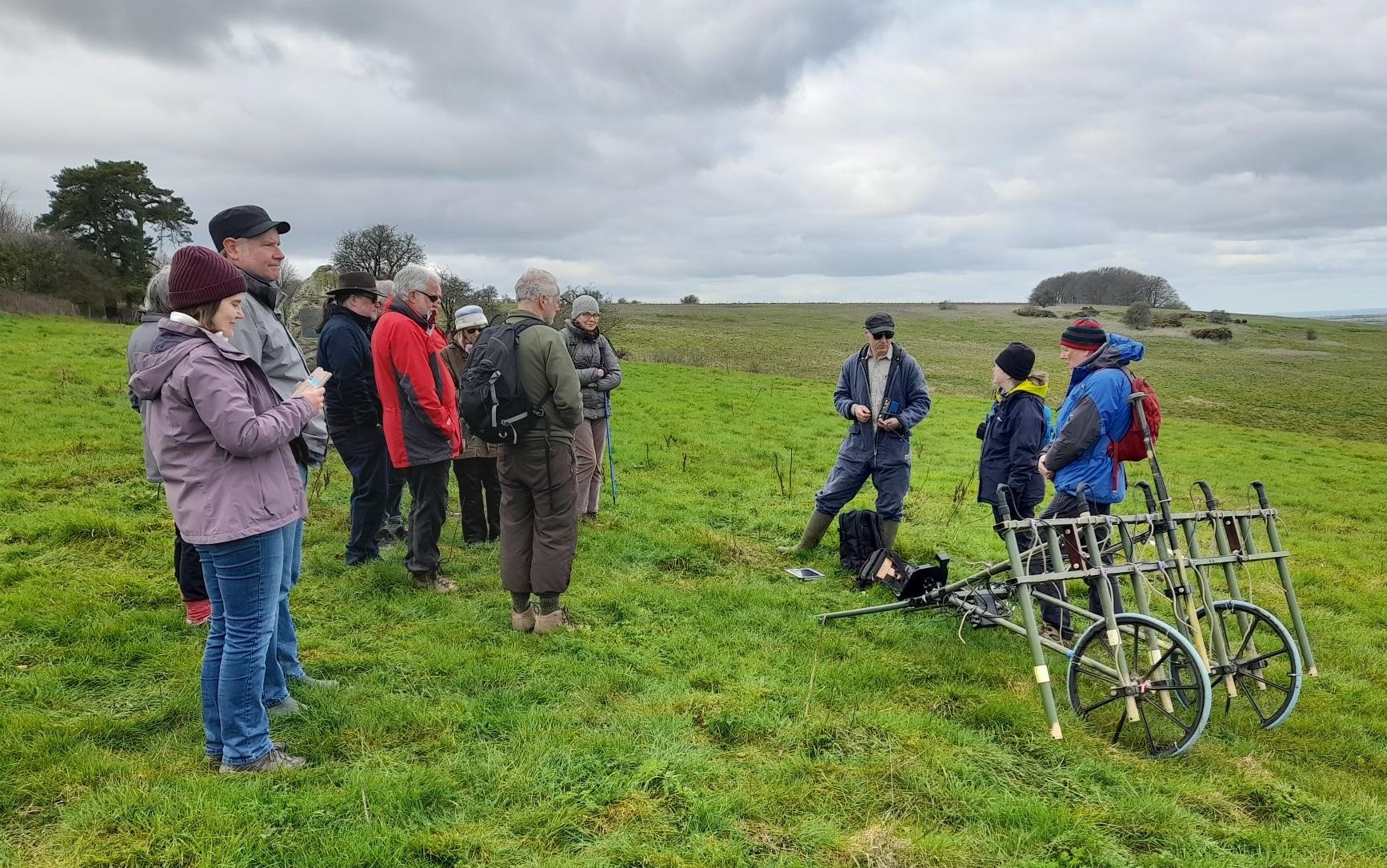Volunteers Help Reveal Wiltshire's At-risk Monuments
Local volunteers have helped to bring two of Wiltshire’s fascinating ancient monuments back into good condition and visible in the landscape once again.
The project was funded by Historic England and Wiltshire Council’s Archaeology Service, who also managed the project. Volunteers joined from the Friends of Ancient Monuments (FOAM), part of the Council for British Archaeology Wessex, the Amesbury Scouts, and from the Athelstan Museum in Malmesbury.
The hands-on fieldwork clearing the two monuments – the remains of a medieval fortification at Cam’s Hill on the outskirts of Malmesbury and medieval earth terraces (lynchets) at Southmill Hill, Amesbury - of damaging vegetation was carried out as part of Historic England’s Monuments Management Scheme in Wiltshire. The scheme aims to improve the condition of sites on the national Heritage at Risk register in partnership with local organisations and communities.
It was a thoroughly enjoyable day in a beautiful location, made all the more rewarding by having a valuable purpose too.
Monuments at risk
Wiltshire has some of England’s most important and well-known ancient sites and places, and more than 1,000 of these are designated as scheduled monuments, meaning they are legally protected due to their national importance. However, more than 100 of the sites are at risk.
Ancient sites are often fragile, and many are vulnerable to natural processes such as tree or scrub growth. This can disturb and even damage important archaeological remains, and if left unchecked can also hide these historic places from view so they can’t be seen and appreciated.
It was a pleasure to have helped in the conservation of two of Wiltshire’s archaeological monuments and to see local volunteers participate with such enthusiasm and enjoyment.
A fortification from the 12th-century Anarchy
The volunteers worked on the remains of a medieval fortification at Cam’s Hill on the outskirts of Malmesbury, an important place in the story of England’s 12th century ‘Anarchy’ when Stephen and Matilda contested the succession to Henry I. The scheduled monument has never been archaeologically investigated, but it is thought to have been built by Robert of Gloucester (c. 1090-1147) during his siege of Malmesbury in 1139.
Cam’s Hill survives as an earthwork enclosure with a wide defensive ditch overlooking the valley of the river Avon, an important routeway during the medieval period. The ditch and internal bank of the monument had become overgrown with dense scrub and bramble, placing archaeological deposits at risk and obscuring the monument from view.
Volunteers cut down the excessive growth in the defensive ditch, while the thick bramble over the internal bank was cut by a specialist contractor. The monument is now visible from a nearby footpath and the buried archaeology is protected from disturbance caused by scrub growth.
Traces of medieval farming practice
Volunteers have also embarked on a project to protect and reveal the medieval lynchets at Southmill Hill, Amesbury. Once very prominent landscape features in the south of the town, these impressive field terraces, created by historic ploughing over hundreds of years, have begun to disappear below scrub and tree growth. The remains are protected as a scheduled monument.
Friends of Ancient Monuments (FOAM), part of the Council for British Archaeology Wessex, assisted by local volunteers and the Amesbury Scout Group, have started the long process of clearing the vegetation from the monument with the aim of returning it to its former glory. The work is due to be completed by 2025.
It’s been wonderful to be involved in this community project. I have wanted to see these lynchets free of scrub for many years. It is so rewarding to help achieve this.
Winter 2022 marked a successful re-launch of the Friends of Ancient Monuments. It was great to be back in the field, and we’re now looking for other ancient monuments in Wessex that would benefit from the attention of our volunteers. There will be new opportunities for volunteers to get involved with the project later in the year, when FOAM will be back at Southmill Hill for a second season of vegetation clearance.





